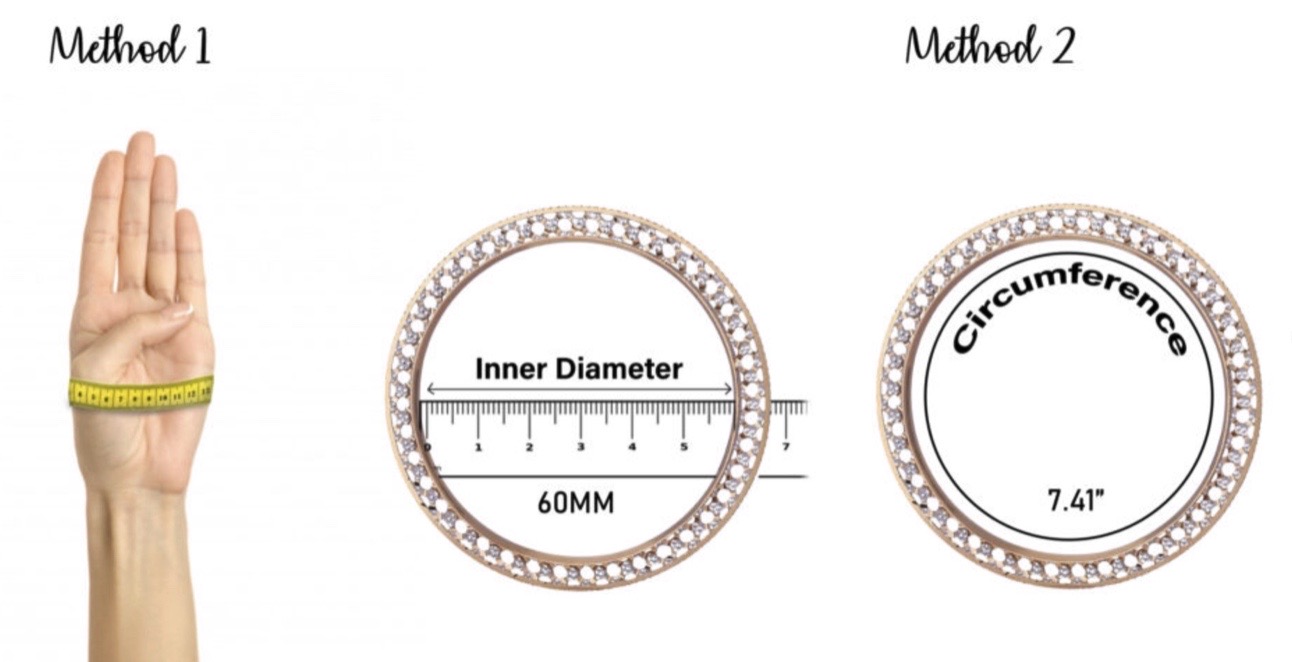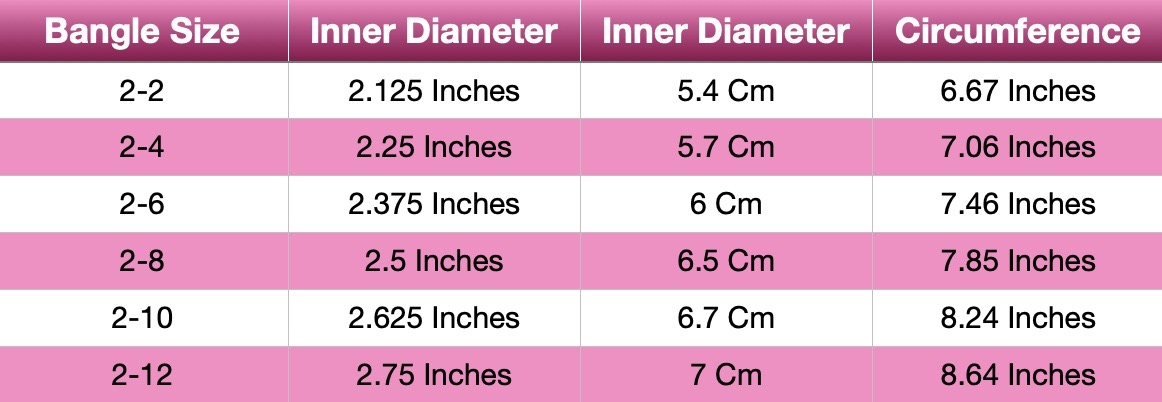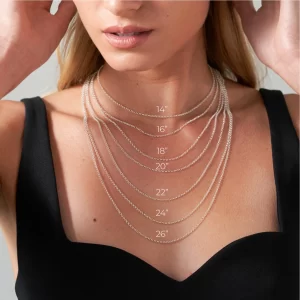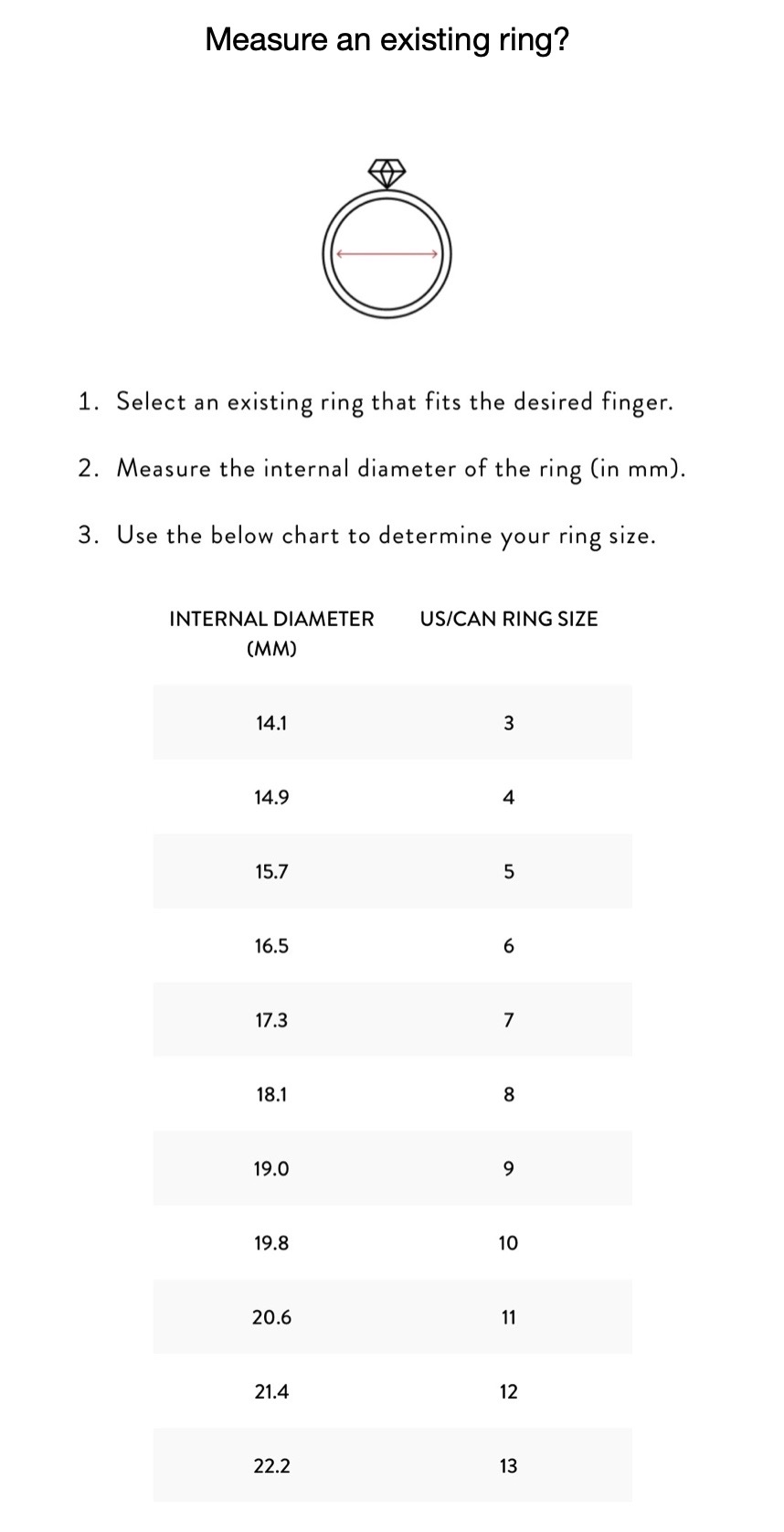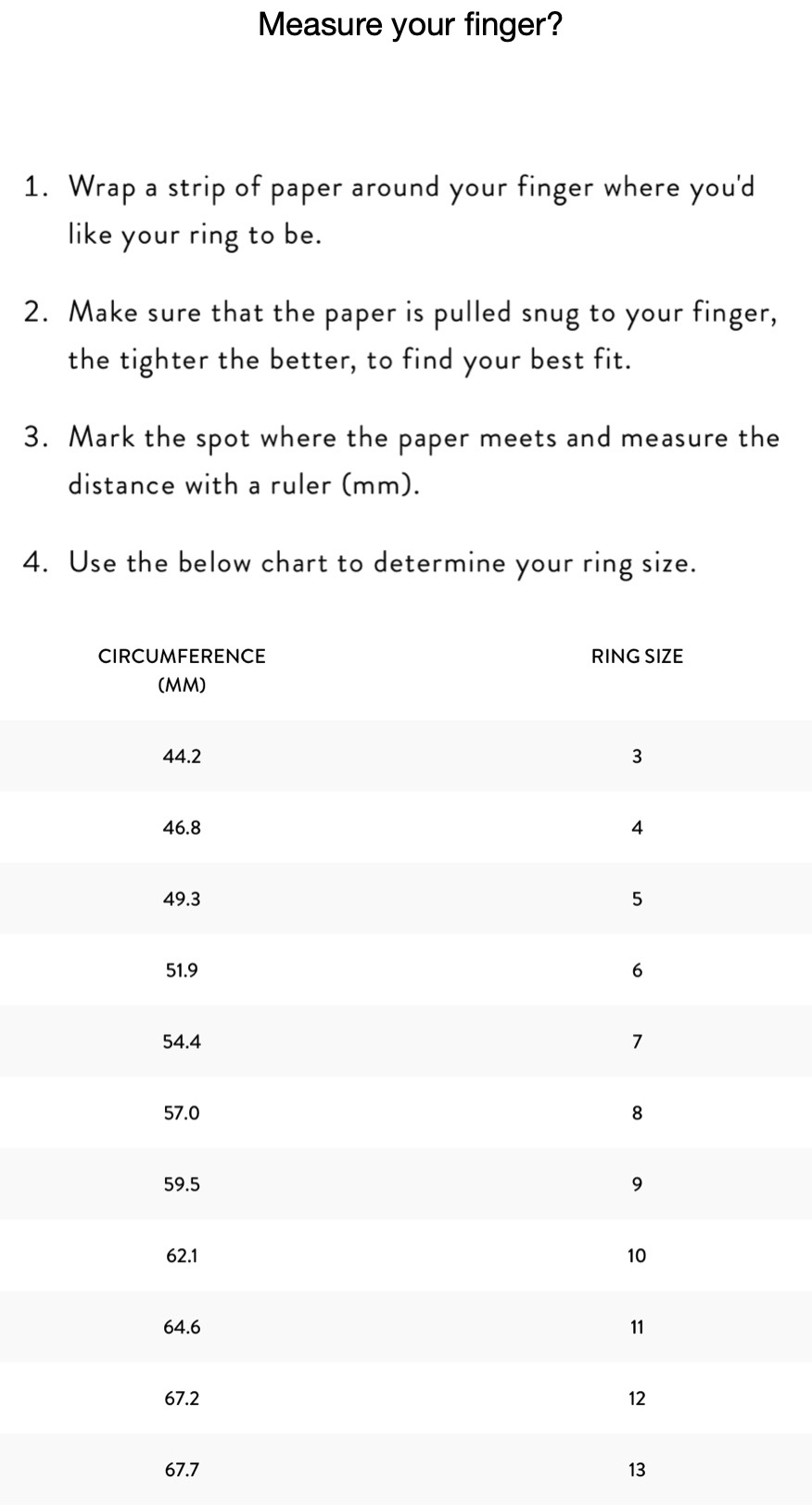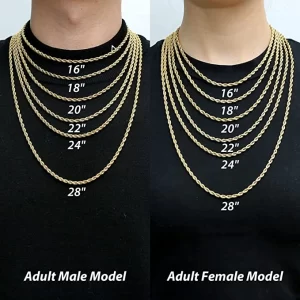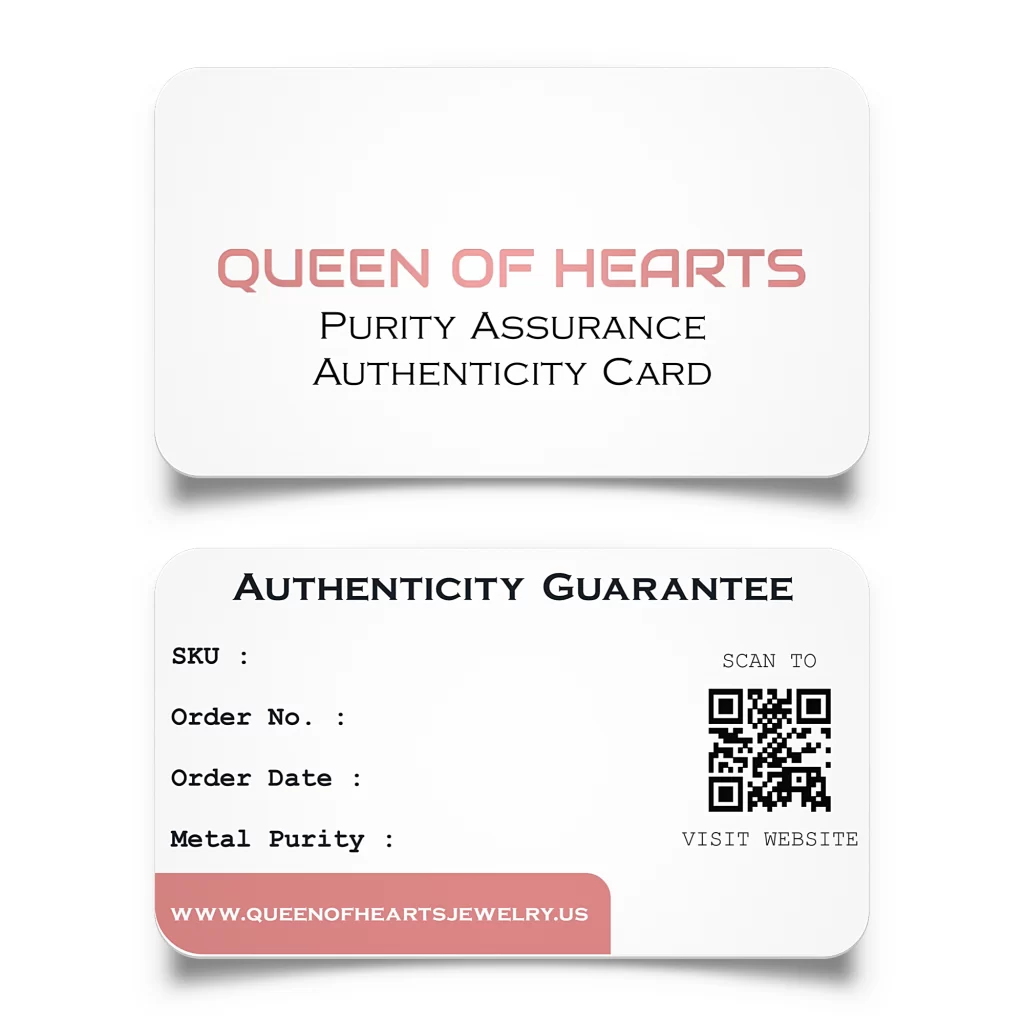How much gold is in a ring?
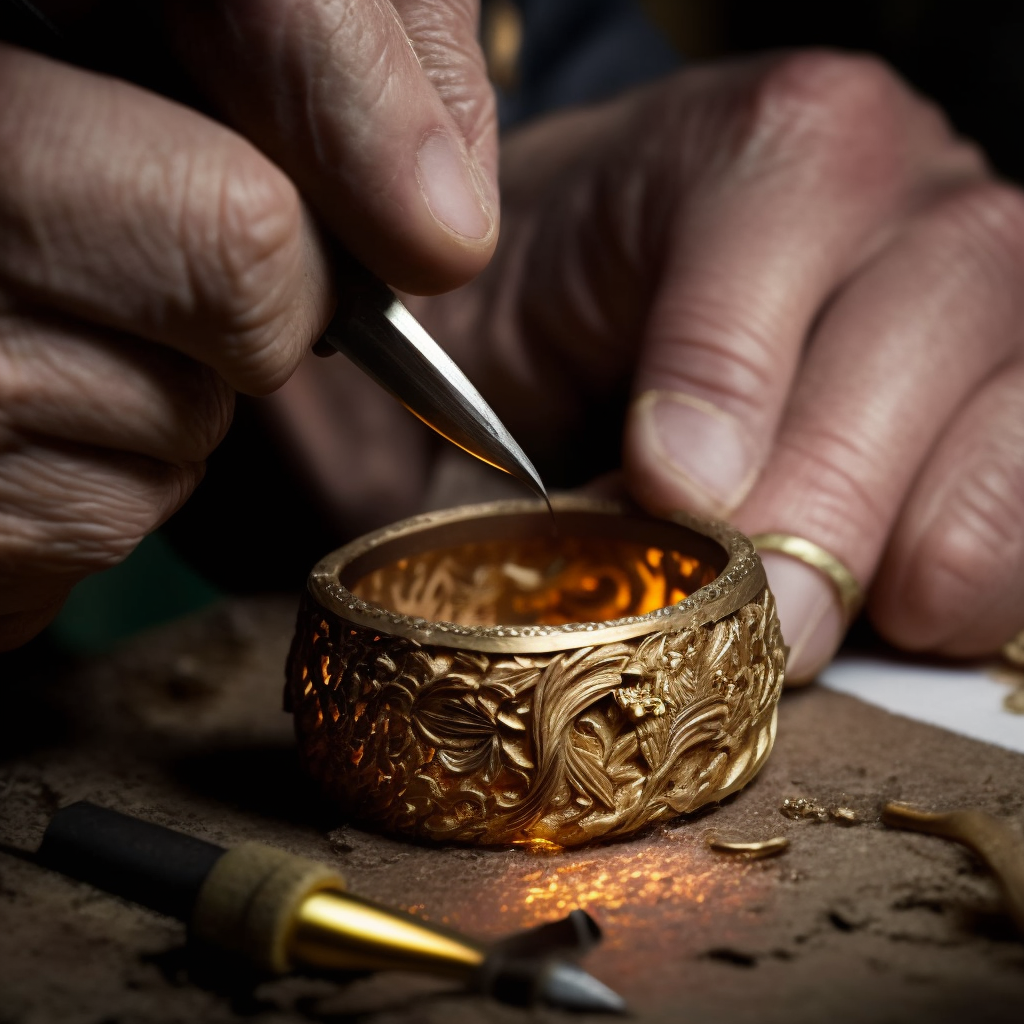
When it comes to gold rings, gold karat is going to be a determinative factor when it comes to the ring’s cost, durability, and whether or not it can be safely considered hypoallergenic.
Let’s also not forget its appearance; a gold ring with a high percentage of real gold is going to have a more yellow toned gold hue, whereas those welded with alloyed metals will typically be more muted.
If you’ve bought a gold right second-hand, or been given one as a gift, you might be naturally curious to know if it’s real gold. The key to understanding how much gold is in a ring is to understand the gold karat system, which we’re going to explain fully below. Let’s get started!
HOW CAN YOU TELL HOW MUCH GOLD IS IN A RING?
The only sure way to know much gold is in a ring is by knowing its gold karat. Often, you can find this information via a hallmark inside the ring with a number on it indicating its gold karat – but not all authentic gold pieces will have this.
Karat is an international measure of purity that’s expressed in fractional parts out of 24. This means that if you find out your ring is 12 karat gold, it’s made of 12 parts pure gold and 12 parts other metals. 24 karat gold is the purest form of gold jewelry, but many prefer to avoid 24k gold jewelry as it can be quite soft and therefore prone to easily scratching or bending.
You can also use percentages to figure out how much gold is in your ring: for example, a standard 22-karat gold ring contains around 91.1 percent gold, whereas an 18-karat gold ring contains 75 percent pure gold. Likewise, a 14-karat gold ring contains 58.5 percent pure gold, and the other 41.5% is made up of other various metals.
HOW DOES GOLD KARAT AFFECT A RING?
In short, the higher the gold purity of your ring, the more valuable it is. However, there are other factors to consider outside its material value.
For example, while pure gold is highly valuable, it’s also very soft and easily bent. This can make it prone to damage and scratching, which can make it difficult for everyday wear. Those looking for a more durable choice would be better opting for a 22k gold ring; 22k gold combines the authentic yellow-gold hue of real gold with enhanced durability and damage resistance.
HOW DO I KNOW WHETHER MY GOLD RING IS REAL GOLD?
If you’ve bought a second-hand piece, or inherited a piece of gold jewelry, you may be interested in knowing just how much – if any – real gold is present in the piece. Luckily, there are a number of ways you can figure this out at home:
WATER TEST
One way to determine real gold is to let it drop into water; as gold is a heavy metal, a real gold ring will drop to the bottom of the cup or jug, or linger around the bottom. If the ring floats, you can be certain that it’s not real gold.
CHECK FOR INSCRIPTIONS
As we mentioned in the introduction, many gold jewelry items are stamped with hallmarks, so this should be your first port-of-call when testing a gold piece for authenticity. Look for gold hallmarks or karat stamps on the inside of the ring, which are usually inscribed with numbers like 14, 18 or 22 – these indicate the percentage of gold in your piece of jewelry.
NOTE COLOR VARIATIONS
Another simple testing method is to inspect the color of the ring; real gold has a distinct yellow-gold color, so if you notice that your ring has an irregular color or is more of a muted tone, it’s either not real gold or a low gold karat.
SPEAK TO A JEWELER
Finally, another way you can determine the gold purity of a gold ring is by having the ring assayed or tested by a professional goldsmith or jeweler; they will usually be able to confirm the gold karat of your wing, as well as give you estimations on the composition of metals used in the construction of your ring. This can be helpful if you have skin sensitivity or nickel allergies.

